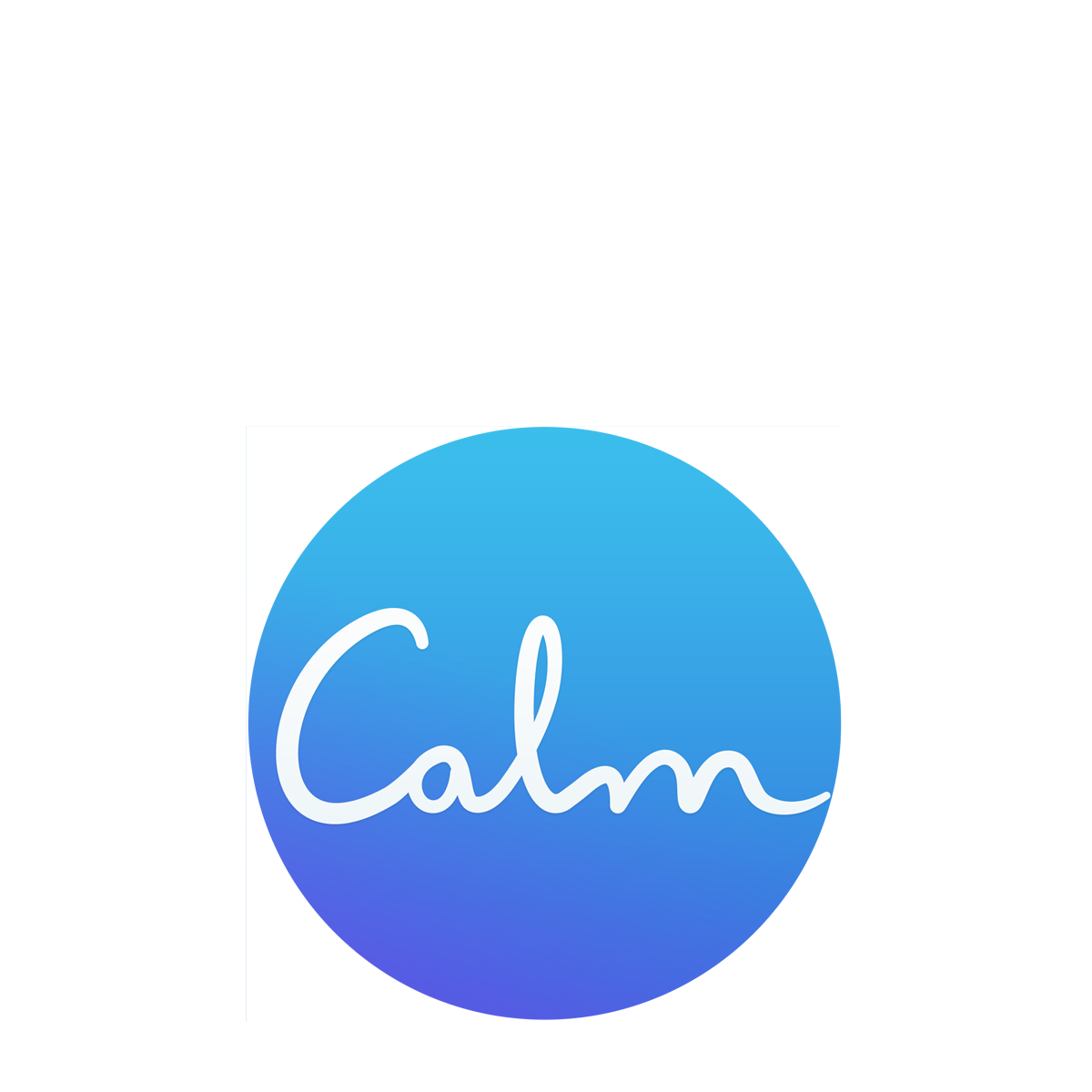The 5 signs of burnout & science-backed tips for recovery
Burnout is real, and it’s affecting more than just our work lives. Find out whether you’re in the burnout danger zone, and how to navigate it with our Burnout Prevention Plan.
There’s a stress epidemic in the modern workforce (and you’re probably part of it). 44% of employees report a high amount of daily stress and up to 61% of U.S. professionals feel like they’re on the edge of (or have already reached) burnout.
While we don’t have control over a lot of work-related stress (deadlines, endless emails, that coworker), we do have the power to overcome some of the factors that lead to burnout.
So what is burnout, when it comes to work? Burnout happens because of an extended period of chronic stress at work. This may include:
working long hours
having too much on your plate
lacking proper support
feeling out of control
feeling out of alignment with your values
Burnout is comprised of three components:
High levels of emotional and physical exhaustion, no matter how much rest you get
High levels of cynicism or detachment about work and feeling resentful of, and disconnected from, those around you
Low levels of efficacy or satisfaction in yourself and your work
The 5 Signs of Burnout
Of course, we all experience some of these feelings at times, but how can you know if what you are feeling is actually burnout? Here are the 5 big warning signs of burnout to look out for.
Related: The Secrets To Managing Work Stress Like A Boss
1. Constant Fatigue
Feeling physically and mentally exhausted all the time is a major indication of burnout. This may look like:
Wanting to sleep all the time
Lacking the energy to be productive
Finding it hard to concentrate or focus on even simple tasks
Brain fog
2. Apathy
We all have off days, but if you’re constantly feeling unmotivated and uninterested in your work or life, it may signal burnout. This may look like:
Feeling disillusioned and/or dissatisfied with your job
Asking yourself “what’s the point?” regularly
Feeling like you don’t really care
3. Unexplained Physical Symptoms
Tension headaches, muscle tension, high blood pressure, and stomach problems can all be stress-related. If you’re experiencing unexplained physical issues like these on a regular basis, it could well be a sign that you’re headed towards burnout.
4. Changes to Normal Patterns
We’re creatures of habit, so changes to your normal diet and sleep patterns can be a sign of burnout. Ask yourself:
Am I sleeping at different times, or getting more or less sleep than usual?
Am I eating more or less than usual, or not sticking to my normal diet?
5. Emotional Outbursts
Maybe you’re used to being calm and collected, but burnout can cause us to be irritable, impatient, and even angry with coworkers, clients, or customers. Ask yourself:
How often am I short or impatient with those around me?
Do I ‘overreact’ to everyday situations?
Source: Getty Images
The Burnout Prevention Plan
All signs pointing to burnout? We got you. The answer to beating burnout is recovering well from work on a daily basis. So what does it mean to recover well?
Recovery is the process of finding balance in the body after daily work stressors like anxiety and exhaustion elevate your levels of stress hormones. The act of recovery is a skill that requires the knowledge of what works for you and the practice of actually engaging in it. What works to help you find balance will be different from other people, and even from day to day.
Recovery activities can be broken down into two categories, internal and external.
1. Internal recovery from burnout: Internal recovery is about reducing stress in your body while you’re at work, to help mitigate the buildup during the day.
2. External recovery from burnout: External recovery is the things you do outside of work which helps to relieve stress as well as help you manage tomorrow's stress.
Ironically, research shows that when we most need to rest and recover, we’re the least likely and able to do something about it. Which is where great planning comes in.
Behold — the Burnout Prevention Plan. We’ve curated five practices to help you recover, manage, prevent, and beat burnout. It includes both internal and external activities to help you learn what works best for you and build your own daily work recovery plan.
When it comes to recovery, it’s not about the amount of time you spend at the activity, but the quality of the activity that helps you recover. This will likely change from day-to-day, so tune into how you’re feeling in each moment and work out what will support you best.
Remember that every action you take, no matter how small, is helping to protect you from the long term consequences of burnout. You got this!
Burnout Prevention Practice #1: Take Regular Breaks
Many of us push off our relaxation and recovery time for the weekend. We think we’re just too busy to rest now, so we’ll do all the resting we need in our free time. But this line of thinking is a fast track to burnout.
Properly utilizing our longer breaks during the week, like lunchtime and weekends, is important, but research shows that making time for smaller breaks throughout the day (10 minutes or less) are as important in helping us manage our daily stress levels. These “micro-breaks” help us recover from the stress of the day in real-time, and they also improve motivation & concentration and sustain your energy throughout the day.
You may want to set an alarm to remind you to take these short breaks throughout the day, or try them at the top of each hour. Move, meditate, make a coffee, have a quick chat, do whatever feels best to you in the moment. Get into the habit of taking the time to briefly disconnect from work and any of its stressors and check-in with yourself.
🔹 Try the Let’s Unplug or Step Away from your Computer meditations on your next break
Burnout Prevention Practice #2: Make Work Wind Down A Priority
Psychological detachment, or switching “off”, from work is the core of recovery, ultimately leading to better performance and engagement during work hours. Since recovery is all about bringing our minds and bodies back into balance, we need to be able to step out of the thing causing the stress (work) long enough to find the balance.
Of course, it’s not always easy to do. The presence of technology blurs the boundaries between work and home, which can make it hard to disconnect, but even thinking about work inhibits your ability to recover from it.
Consider what helps you, and hinders you, from detaching from work at the end of the day. What activities, rituals, and boundaries allow you to be present for the rest of the day? Maybe you set an away message, turn your phone off, or have a scheduled activity in the evening. Whatever most supports your ability to switch off.
🔹 Try these meditations for a Shut Down Routine and leaving work at the End of the Day
Source: Getty Images
Burnout Prevention Practice #3: Fill Your Free Time With The Right Stuff
Be intentional about how you fill your time outside of work. It’s important to do things that make you happy or content and are just for you. Research shows that engaging in activities that are personally satisfying and meaningful is more likely to help you feel recovered the next morning.
Activities that calm the mind and body like meditation, breathwork, and gentle movement are always a good addition to your recovery routine. And while low effort activities like watching tv or reading a book are relaxing, research shows that more active activities can be even more effective for recovery. So head to the gym or find a type of exercise that you enjoy like a fast walk, a hike, or a swim and soak up those mood boosting benefits (bonus boost for doing it outside).
Another great recovery activity is a “mastery experience” which requires a high level of dedication, time and focus. Think learning a new language or instrument, volunteering, DIY projects, etc. It may seem counterintuitive when we are tired, but generating new skills helps to replenish depleted resources which can then be applied to your work.
🔹 Put on your favorite playlist or soundscape while you move your body, explore a new hobby, or wind down for bed
Burnout Prevention Practice #4: Lean Into Your Support Network
While rest and relaxation activities will be unique to the person, one universal rule of recovery is social connection. We know that relationships make us happier, but they’re also a necessary balm to a big component of burnout: loneliness. Greater human connection at work and at home is shown to ease the negative effects of burnout and improve satisfaction at work.
The challenge is that when we feel emotionally or physically exhausted from burnout, we tend to isolate ourselves. But it’s important to work against this impulse and reach out to connect with, and get support from, coworkers, friends, family and a therapist or health professional if needed.
Related: The Magic of Micro-Breaks: 5 Science-Backed Tips for Stress-Busting Work Breaks
Schedule time with your people to share how you’re really doing. Maybe you can combine this time with one of your favorite recovery activities (go on a hike, try that pottery class you’ve been curious about) or maybe you just pick up the phone for a catch up call. What matters is you get the chance to be seen and heard, and do the same for someone else.
🔹 Learn more about Combating Loneliness and Human Connection
Burnout Prevention Practice #5: Focus On The Things In Your Control
When so much of your work life is out of your control, it’s even more important when it comes to daily recovery that you find control and agency where you can. Feeling empowered to take control of your recovery as outlined here is a great start.
Schedule your rest, explore new hobbies, take all the breaks you need. But don’t stop there. Find agency in other areas of your life. Reorganize your desk or house. Say no to that weekend activity that you have no interest in (or invite someone to join an activity you’ve been wanting to do). Ask a coworker out to lunch (or decline the invitation if you just want to spend time alone). Ask for help on a project that is overwhelming. Finally take that vacation you’ve been putting off.
Setting boundaries and taking control of areas that you can, both at work and at home, can act as a burnout prevention plan. You start to actively ward off burnout with your choices, rather than always reacting to it once it arrives.
🔹 Tune into Healthy Boundaries and Energy Management to help you take control
Learn more about burnout with Calm’s Work Better Workbook
In this free workbook, we cover four important topics — boundaries, rest, working smarter (not harder) and beating burnout — to help you reexamine and rebuild your relationship with work in four weeks.
Mental health is hard. Getting support doesn't have to be. The Calm app puts the tools to feel better in your back pocket, with personalized content to manage stress and anxiety, get better sleep, and feel more present in your life. Calm your mind. Change the world.












